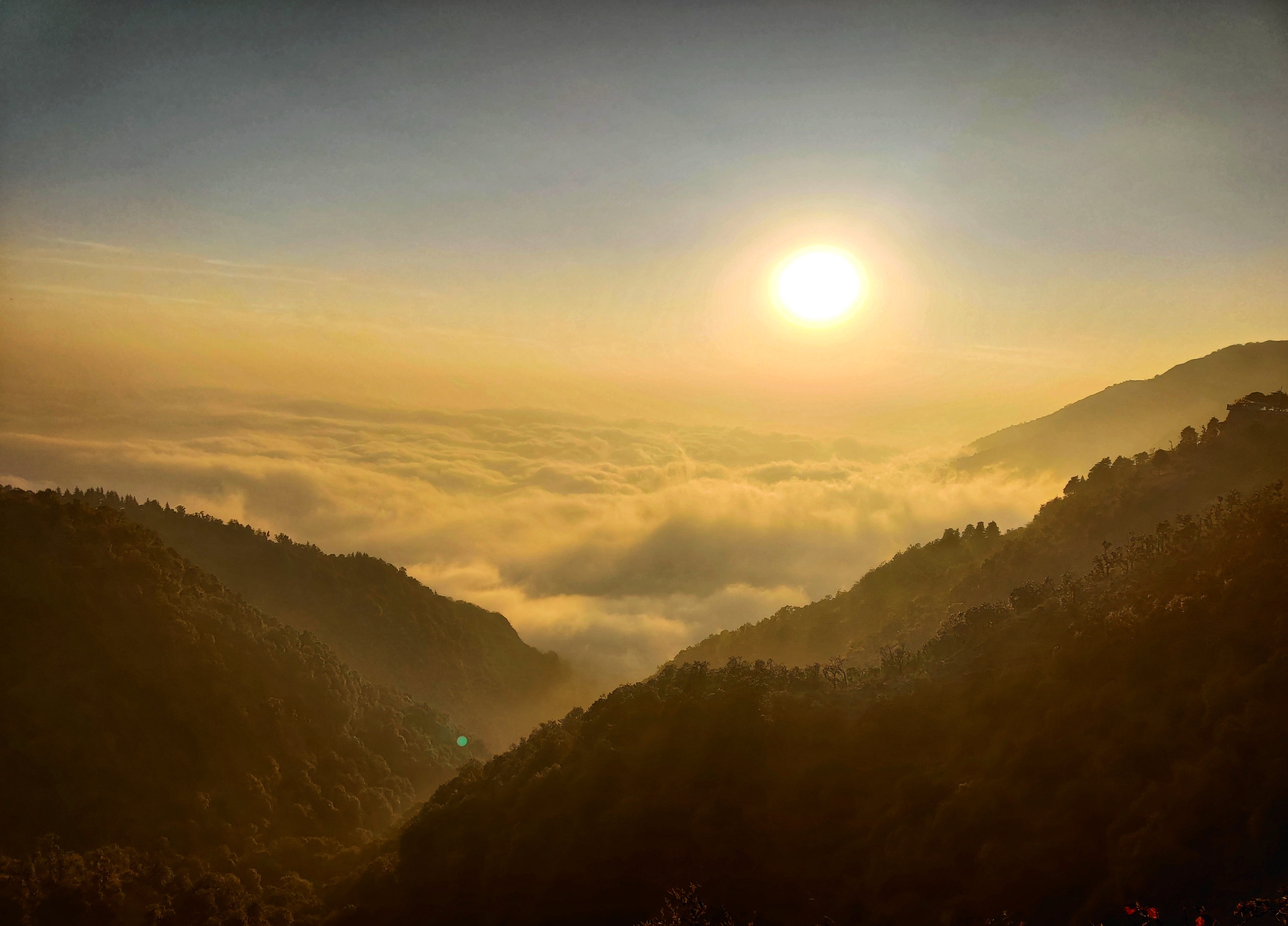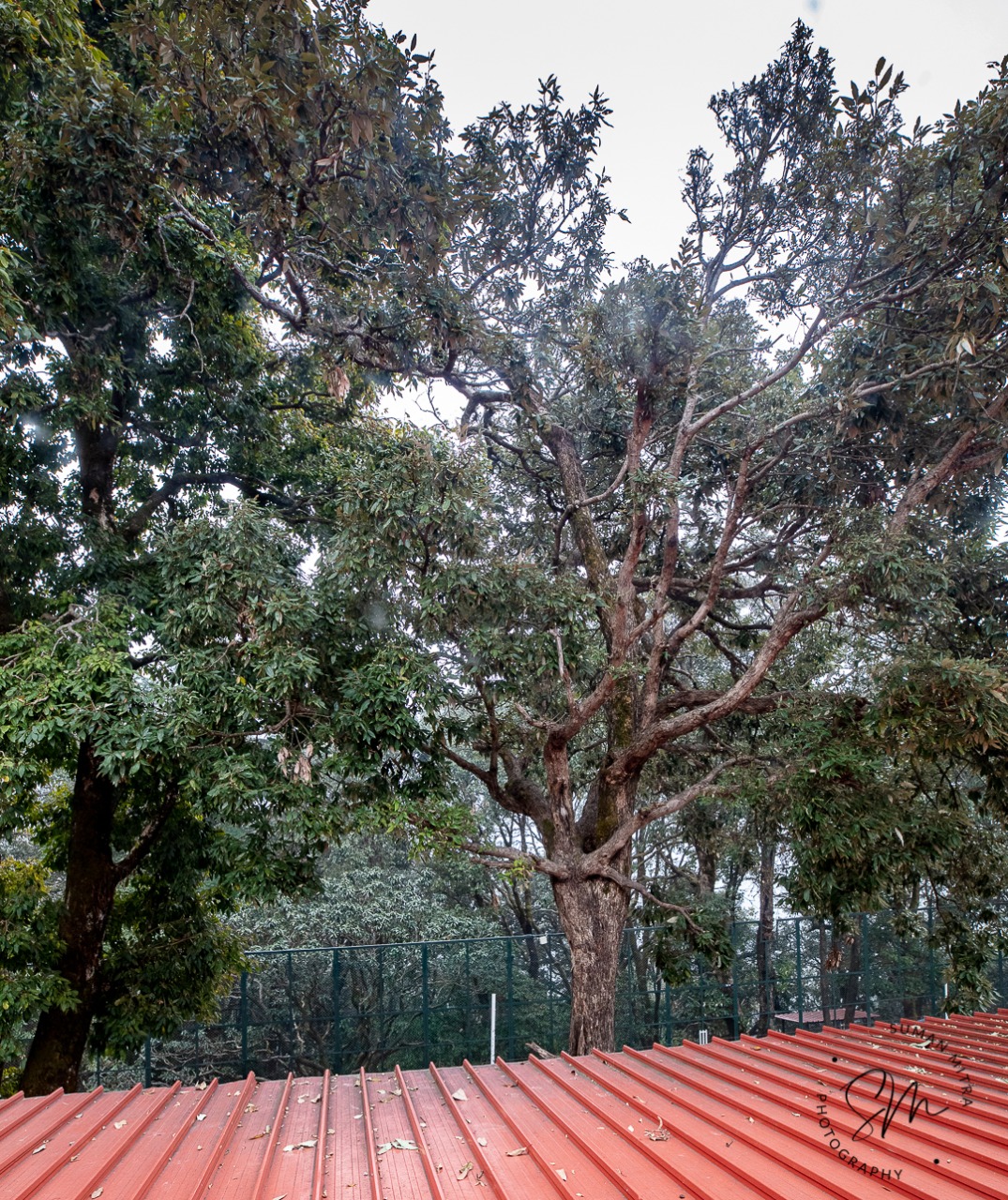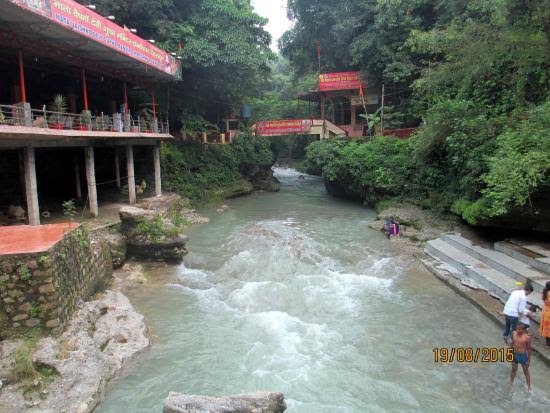Got up in late in morning staring at ceiling,Turned TV on but the news is also concealing;Same corona and adulteration everywhere, earth needs some healing. Entertainment, politics, business, environment news keep brewing,Leaving curious eager minds with thoughts worth pursuing;Amidst agony, despair and restrictions life keeps on going. The day goes on, the house needs cleaning, Oh!!! Baby got up and is craving;Took a peek in the mirror, bmi is rampantSearching my phone beneath the pillow, phone is ringingCan’t afford house help, corona is streaming. Who is to blame and whom to not for the catastrophe blooming,Afterall easiest way to shred responsibility is ignoring and blaming;And I again go to bed snoring!!!!Got up again and started scrawling!! Thank you!! @chandrimadebi Picture courtesy https://www.facebook.com/SumanMitraPhotography https://www.sumanmitra.com/copyright @sumanmitraphotography ©All images and content are subjected to copyright
Oak tree beside my window!!
I got married few years back and shifted to Landour, Mussoorie. The apartment where me and my husband used to live had a big Oak tree just outside the window. Everyday, sunshine used to peep through my window through the Oak tree. Different Himalayan birds, owls, langoors, monkeys, insects, fireflies, butterflies could be observed just by sitting alongside my window. I used to sip a cup of coffee and write and the Oak tree always motivated me. Now, I play with my one year old baby who also loves and admires nature and trees alongwith me. Oak tree beside my window,Oak tree under the spree;Oak tree beside my window,Tree of life are you thee? The first ray of sunshine glistens through,morning dew drops on serrated leaves ;The dew drops trickling from serrated, edges, a signature spider leaps. Morning breeze whirls through your, branches making morning wish;Sunshine plays hide and seek through your, beautiful silvery leaves. Soft breeze whirls through the branches,Oh! look a Himalayan tit;Verditter fly catcher, sunbirds and Jayshop and tweet. Langoors spend leisure time,Rhesus monkeys too;They visit you everyday,Ofcourse your acorns lure them too. As sun is going down, it’s time to rest for me,I put on my window curtains and switch on my night lampshade;But Cicadas and fireflies will continue mystifying you,alongwith Barn owl, Scops Owl, pine marten. Your roots are grounded in forest soil,A hermit or home to lives;Tree of life are you or a hermit hospice,Oak tree beside my window,Oak tree under the spree!! Thank you!! @chandrimadebi Picture courtesy https://www.facebook.com/SumanMitraPhotography https://www.sumanmitra.com/copyright @sumanmitraphotography ©All images and content are subjected to copyright
Geology and religious faith: Tapkeshwar temple in Dehradun, Uttarakhand
Tapkeshwar Mahadev Temple is a famous temple of Lord Shiva lying alongside river Tons, in the valley of Dehradun. The mythological importance of this place draws back to the ancient period of Mahabharata, when Guru Dronacharya who was the royal teacher of Pandavas and Kauravas was believed to reside in the caves. Hence, the caves are now known as named Drona Cave. As the name suggests Tapkeshwar is combination of different words ‘Tapak’ which means ‘dripping’ and ‘Ishwar’ means God.The water droplets drip down on the ‘Shivalinga’ creating a mystical environment filled with divine serenity. In geological terms, a cave is any cavity in the ground that is large enough that some portion of it will not receive direct sunlight while a cavern is a specific type of cave, naturally formed in soluble rock with the ability to grow speleothems. So, a cavern can be called a cave but all caves cannot be called caverns.Tapkeshwar Mahadev temple lies inside one such cavern. According to scientists, caves and their ecosystems are the most fragile ecosystems on the planet. The river Tons gushes through the valley bringing high volume of water and debris alongside temple premises. The rock type in the temple area has high calcium and mineral content composed mainly of sedimentary and metamorphic rocks. As the water table is very low, water seeps through rock cleavages and fractures and dissolves with the mineral and carbonate rich water, which slowly drips from the ceiling. Stalactites are formed within the caves when calcium carbonate rich water starts to drip from cave ceiling. Stalagmites grow upwards from the drips that fall to the floor. They spread outwards more, so they have a wider, flatter shape than stalactites. Landforms formed due to the chemical weathering of Limestone or carbonates are known as Karst topography. Under the dripping stalactites, stump-shaped stalagmites composed of calcium carbonate gradually develop resembling ‘Shiva Lingam’. The temple surrounding is home to many different species of plants, birds and butterflies. Besides having touristic importance, the temple provides livelihood opportunities to many. It is also a favorite picnic spot and draws tourists from the areas in vicinity. Much has changed in Tapkeshwar temple area since I last visited in the year 2011. Dehradun is becoming smart city with rapid urbanisation and waste management problems. The microclimate of the site has been affected as there used to be dense forest around few years back. Devotees or tourists consume food at the space available outside the temple near parking area and dispose plastic bags, used plates, paper cups, empty plastic water bottles, and other waste materials in the open. The rational human consciousness sleeps while littering almighty’s premises. Proper measures should be adopted to check littering garbage in the temple surroundings. Devotees must abstain from making the temple premises into a garbage dumping yard. Geology operates from a methodological naturalism, regardless of religious beliefs. Observation, collection and experiment have taught us to trust these methods. But I feel there is something beyond science which is faith and believe which can do wonders. It depends on one’s belief whether ‘Tapkeshwar’ is a geological feature or a form of Lord Shiva. Thank you!! @chandrimadebi Picture courtesy internet ©content subjected to copyright
Influence of microbial bioinoculants on the accumulation of new phytocompoundsin Oroxylum indicum (L.) Benth. ex Kurz
The seedlings of Oroxylum indicum were inoculated with plant growth promoting microbes (PGPMs) mainly, Glomus mosseae, Trichoderma harzianum and Pseudomonas putida both alone and consortium. The GCMS analysis of the methanolic root extract of inoculated seedlings of O. indicum showed that seedlings treated with mixed consortium of mycorrhizal fungi, bacteria and fungus showed the presence of maximum number of phytocompounds. The GC-MS analysis of control seedlings showed presence of 55 compounds where three new compounds were found i.e. 2-Cyclobutene-1-Carboxamide; Tetradecanoic Acid, 10, 13-dimethyl-, methyl ester; 1-methylene-2b-hydroxymethyl-3, 3-dimethyl-4b-(3-methylbut-2-enyl)-cy. 53 compounds were found in seedlings treated with mycorrhizae i.e., Glomus mosseae, and three new compounds were found i.e., 1-Ethyl-2-Hydroxymethylimidazole; Octadecanoic Acid, 11-Methyl-, methyl ester; 4-Methyl-1, 4-Heptadiene. The seedlings treated with bacteria i.e. Pseudomonas putida showed the presence of 52 compounds and three new compounds were found i.e. Meso-4, 5-octanediol; 1-ethyl-2-hydroxymethylimidazole; 2, 5-cyclohexadiene-1, 4-dione, 2, 5-dihydroxy-3-methyl-6-(1-methylethyl) – . A total of 56 compounds were present in seedlings treated with fungus i.e. Trichoderma harzianum and five new compounds were found i.e. 2-CyclohexeN-1-one, 2-Butyl-3-Methoxy; Methyl 12, 13-Tetradecadienoate; Methyl 6, 9, 12-hexadecatrienoate; 1, 9-Decadiyne; 1, 4-Naphthalenedione. The seedlings treated with dual consortium of mycorrhizae and bacteria showed the presence of 88 compounds and five new compounds were found i.e., N-(1-Methoxycarbonyl-1-methylethyl)-4-methyl-2-aza-1,3-dioxane;1-ethyl-2 hydroxy methylimidazole; Methyl 8-methyl-nonanoate; Naphthalene, 1,2,3,4,4a,5,6,8a-octahydro-4a,8-dimethyl; Methyl 12,13-tetradecadienoate. 152 compounds were present in seedlings treated with dual consortium of mycorrhizal fungi and fungus and ten new compounds were found to be present i.e. 1,9-Decadiyne; 3,7,11-Trimethyl-3-hydroxy-6,10-dodecadien-1-yl acetate; 3-Heptyne, 7-chloro; 3-Methyl-4-(methoxycarbonyl) hexa-2,4-dienoic acid; Benzo[c]cinnolin-2-amine ; Tetradecanoic acid, 10,13-dimethyl-,Methyl ester; Cis,cis-4,6-octadienol; 2-Cyclohexen-1-one, 2-butyl-3-methoxy; Methyl 12,13-tetradecadienoate; 2-Aminopyridazino(6,1-b) quinazolin-10-one. A total of 36 compounds were present in seedlings treated with dual consortium of bacteria and fungi and two new compounds were found i.e. [1,4] Dioxino [2,3-b]-1,4-dioxin, hexahydro-2,3,6,7 ; 1-Ethyl-2-hydroxymethylimidazole. The seedlings inoculated with mixed consortium of mycorrhizae, bacteria and fungus showed the presence of 213 compounds and fourteen new compounds were found i.e. 3,7,11-Tridecatrienenitrile, 4,8,12-Trimethyl; 1,9-Decadiyne; 2,6,10,14,18,22-Tetracosahexaene, 2,6,10,15,19,23-Hexamethyl-, (ALL-E) ; 1-Methylene-2b-hydroxymethyl-3,3-dimethyl-4b-(3-methylbut-2-enyl)-cy; 1,9-Decadiyne, Cyclobutane, 1,2-bis(1-methylethenyl)-, trans-, 3,7,11-Trimethyl-3-hydroxy-6,10-dodecadien-1-yl acetate, 5-Hydroxy-4-hydroxymethyl-1-(1-hydroxy-1-isopropyl)cyclohex-3-ene, 5,8,11,14-Eicosatetraenoic acid, methyl ester, (all-z)-, 1-Cyclohexyl-2-buten-1-ol (c,t) , 1-Oxetan-2-one, 4,4-diethyl-3-methylene-, Tetradecanoic acid, 10,13-dimethyl-, methyl ester, 2-Cyclohexen-1-one, 2-butyl-3-methoxy-, Methyl 12,13-tetradecadienoate, Heptacosanoic acid, 25-methyl-, methyl ester Hexadecanoic Acid, Methyl Ester; 2-Chloroethyl Linoleate; 9,12-Octadecadienoic Acid, Methyl Ester, (E,E); Butanoic acid, methyl ester; 4A,5,6,7,8,8A(4H) HexahydroBenzopyran-3-Carboxamide, 8A-Methoxy-4A-M,; Octadecanoic acid; Farnesene; Squalene; Myrcene; Naphthalene; Tetradecanoic Acid, Methyl Ester; Octadecanoic Acid, Methyl Ester; 1H-Cycloprop[E] Azulene, Decahydro-1,1,4,7-Tetramethyl-, [1AR-(1A].Alph ; Cyclohexane, 1-methyl-4-(1-methylethenyl)-, trans (Elemene); Cyclohexene, 1-methyl-4-(1-methylethenyl)-, (s)- (Limonene); were found to be present in this treatment. Keywords: Oroxylum indicum; Glomus mosseae; Trichoderma harzianum; Pseudomonas putida; phytochemicals; GCMS https://www.researchgate.net/publication/348159345_Influence_of_microbial_bioinoculants_on_the_accumulation_of_new_phytocompounds_in_Oroxylum_indicum_L_Benth_ex_Kurz




